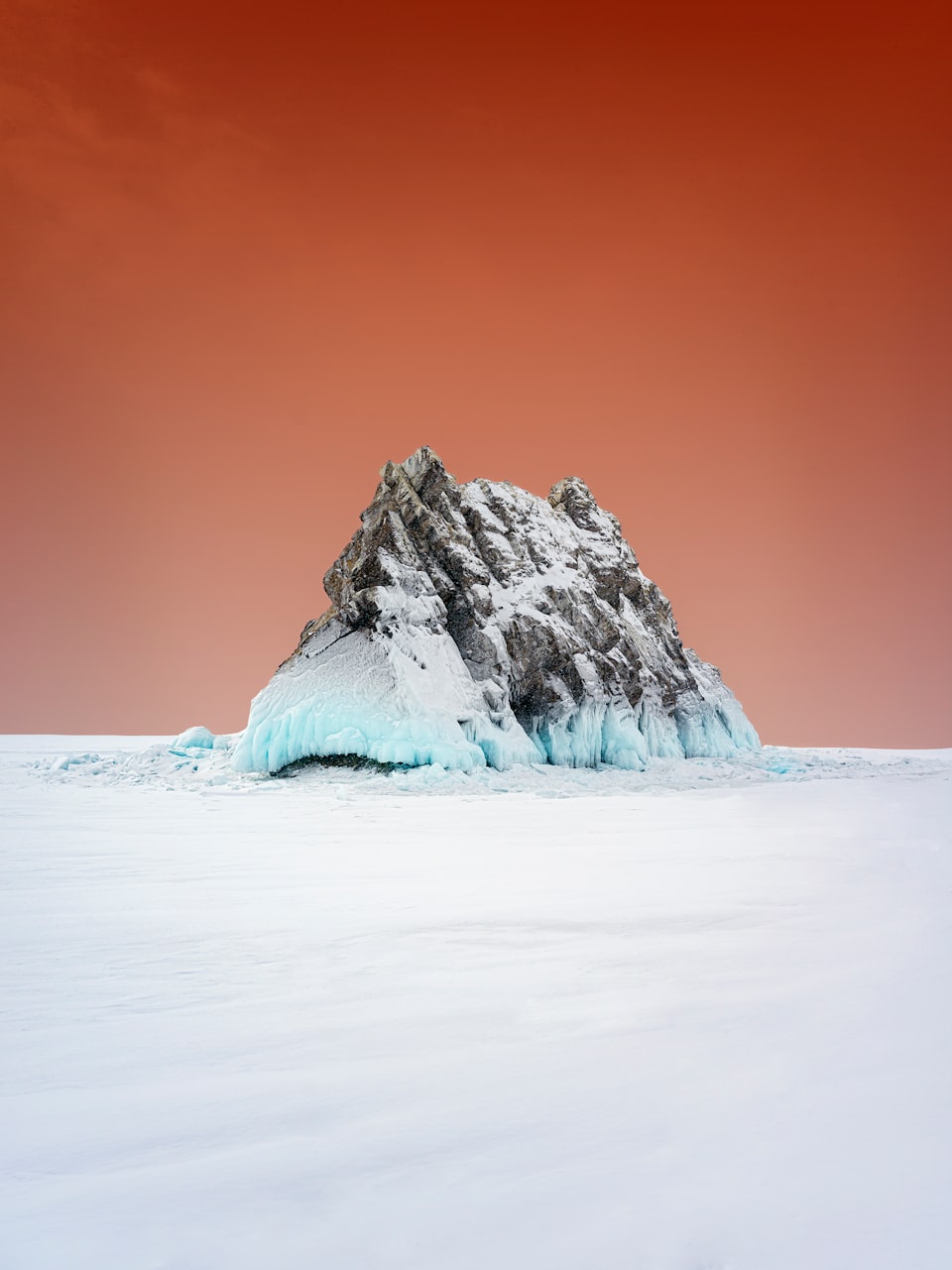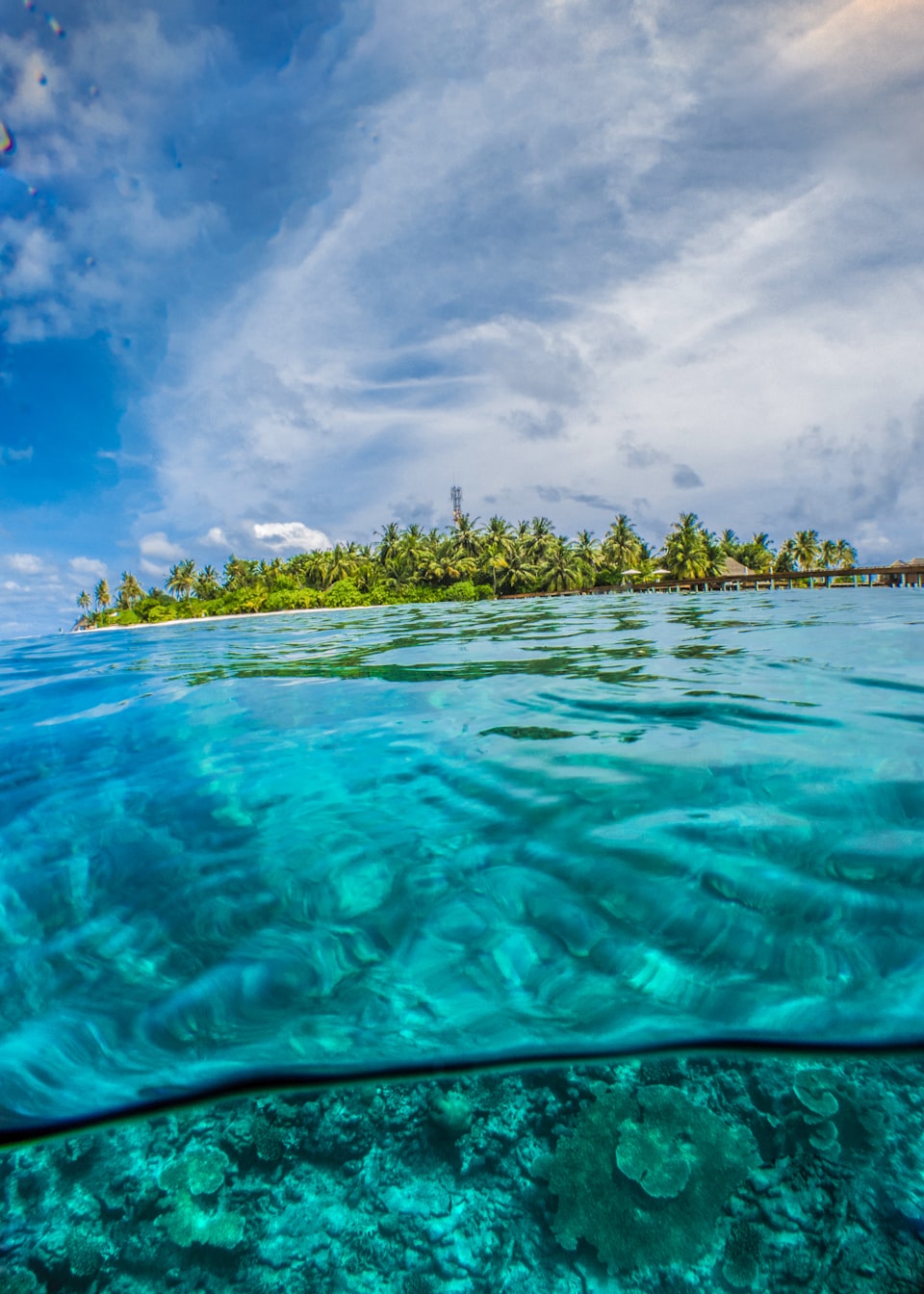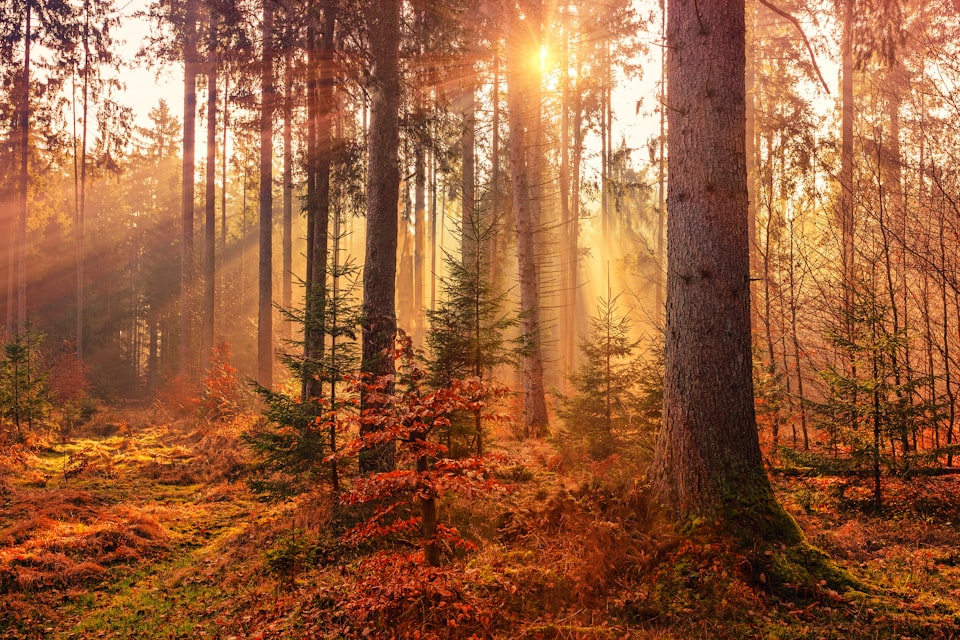I have always had some questions about some basic concepts and terminologies of Climate Change. A few weeks ago, I started writing a post on climate change to learn more about it. In searching for reliable and accessible basic information, I found the book "This Is Climate Change" by David Nelles and Christian Serrer. Without going into too much detail, this book covers every fundamental aspect of Climate Change for a beginner, with illustrations and statistics. Here's my attempt to summarize the key ideas in this book.
THE EARTH'S CLIMATE
What's the difference between Weather and Climate? According to the World Meteorological Organization, climate refers to the average weather conditions over a long period, at least 30 years. Weather refers to the temperature and other conditions on a day-to-day basis. Thus, a climate cooling by 5°C is fundamentally different and much worse than the temperature drop by the same amount in a day. The following factors influence the overall climate of the Earth.
The Natural Greenhouse Effect
Many of the Sun's rays penetrate Earth's atmosphere and reach its surface. Due to the presence of some gases like Carbon dioxide (CO2), Nitrous Oxide (N2O), Ozone (O3), Methane (CH4), and Water Vapor (H2O), the thermal radiation from the Sun is unable to leave the Earth. Despite their low concentration in the atmosphere (0.04%), these gases can absorb thermal radiation, unlike the most commonly occurring gases, Nitrogen (78%) and Oxygen (21%).
It causes a warming effect called the Natural Greenhouse Effect, which keeps the average global temperature around 14°C (57°F), warm enough to sustain life. These five gases are called the Natural Greenhouse Gases. Without the Natural Greenhouse Gases, all the thermal radiation would escape back into space, thus reducing the average global temperature to -19°C (-2°F), which would make the Earth frozen and inhabitable.
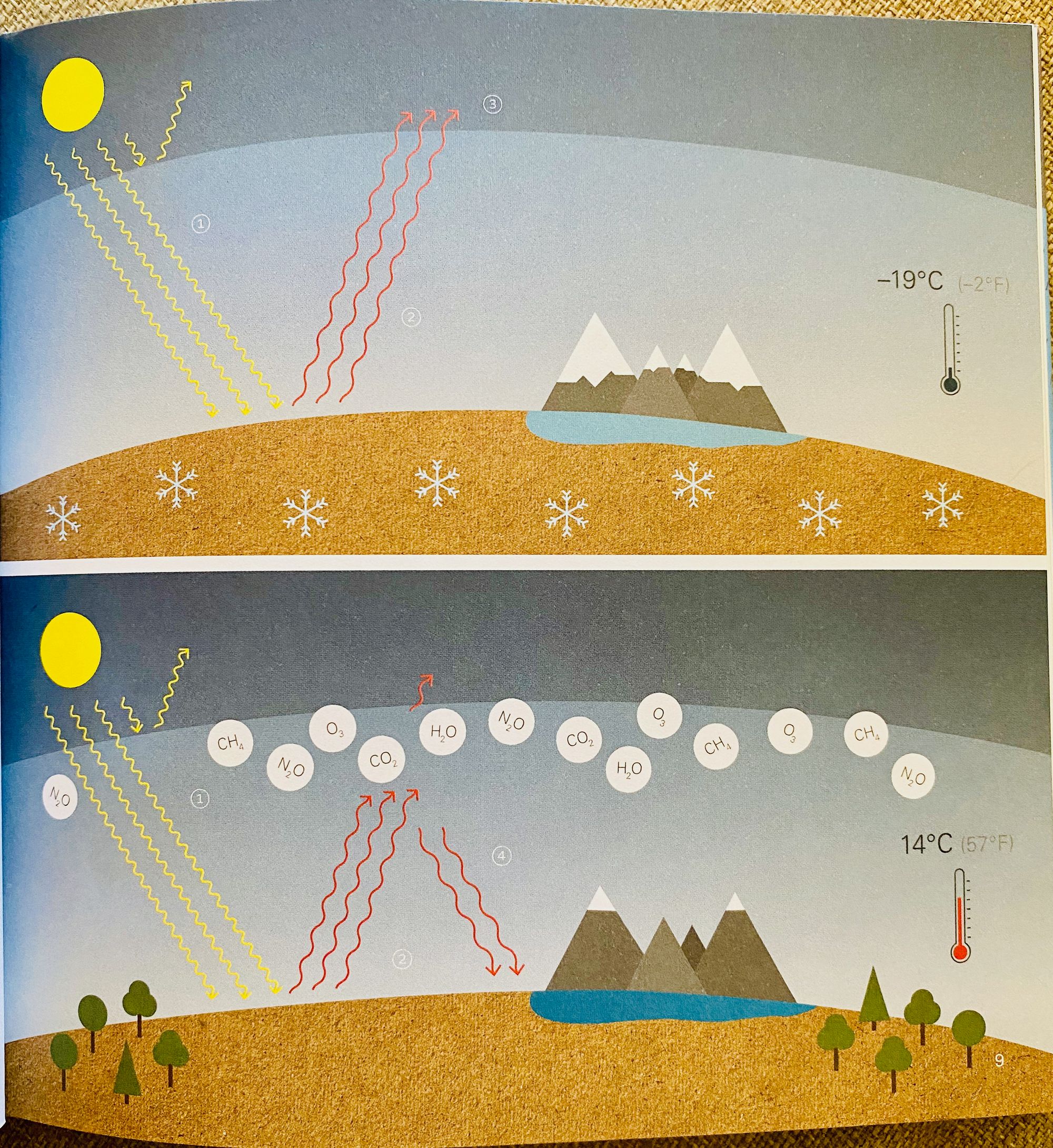
Volcanoes and the Sun
Volcanic eruptions can both warm and cool Earth's climate. The CO2 released by volcanic activity increases the greenhouse effect. On the other hand, volcanic eruptions can spew gases and particles into the upper atmosphere, forming aerosols. These aerosols help disperse some of the solar radiation back into space which can cool the climate for several years after the eruption.

Radiation from the Sun is a significant influence on our climate. Sunspots are a direct measure of the intensity of the Sun's radiation, and the number of sunspots has an 11-year cycle roughly. At the cycle's peak, the number of sunspots is more (called the solar maximum), and the sunspots are less at the end of the cycle. During this cycle, the Sun's radiation periodically grows stronger and weaker, directly affecting Earth's local and global temperatures.
Clouds
Clouds scatter sunlight, which means less radiation reaches the ground. Clouds also absorb the thermal radiation from Earth's surface depending on their type and altitude. Under present conditions, clouds have a cooling effect on the climate overall.
Ocean Circulation: the Global Conveyer Belt
The "global conveyer belt" is a complex water current system connecting the oceans. Water circulates the globe through winds on the surface, tides, and the differences in seawater salinity. This conveyer belt transports large amounts of heat that significantly affect the climate.
POSSIBLE CAUSES OF CLIMATE CHANGE
Global Warming
Since the end of the 19th century, we have observed a rise in the average global temperature by more than 1°C (1.8°F). This rise is observed to date, which we call "global warming."
The Ozone Layer
The ozone (O3) layer in the stratosphere (the second layer from the Earth's surface) protects the Earth from the Sun's harmful UV-B and UV-C rays. During the last sixty years, this layer has thinned by more than 50% over the antarctic region, which we call the "hole in the ozone layer." It is due to the release of volatile substances called chlorofluorocarbons (CFCs) used by us in refrigerators and air-conditioners. They don't naturally occur in the Earth's atmosphere, but when released, they act as greenhouse gases, thus intensifying the greenhouse effect. Overall, the stratosphere is cooling down, while the troposphere (the immediate layer of air above the surface) is warming.
Aerosols
An aerosol is nothing but fine particles of matter suspended within a gas (the air, in this context). Aerosols are also formed by natural phenomena like volcanic eruptions, desert storms, the release of spores from vegetation, and human-made causes like industrial processes, transportation, and other air pollutants. Aerosols affect the climate by scattering sunlight, so less energy and heat reach the Earth's surface. They also absorb solar energy and radiate it to their surroundings, thus producing a warming effect. Aerosols also affect cloud formation. Human-made aerosols pollute the air, but ironically their overall impact on the climate is cooling, and they attenuate global warming. But that's not to say that they don't have adverse effects on the Earth; they don't contribute to global warming directly.
Solar Activity
The solar activity, including the solar cycle, contributed only about 10% to the rise in temperature between 1905 and 2005. So its effect is relatively small. We cannot, therefore, attribute the sharp rise in temperature since the beginning of industrialization to solar activity.
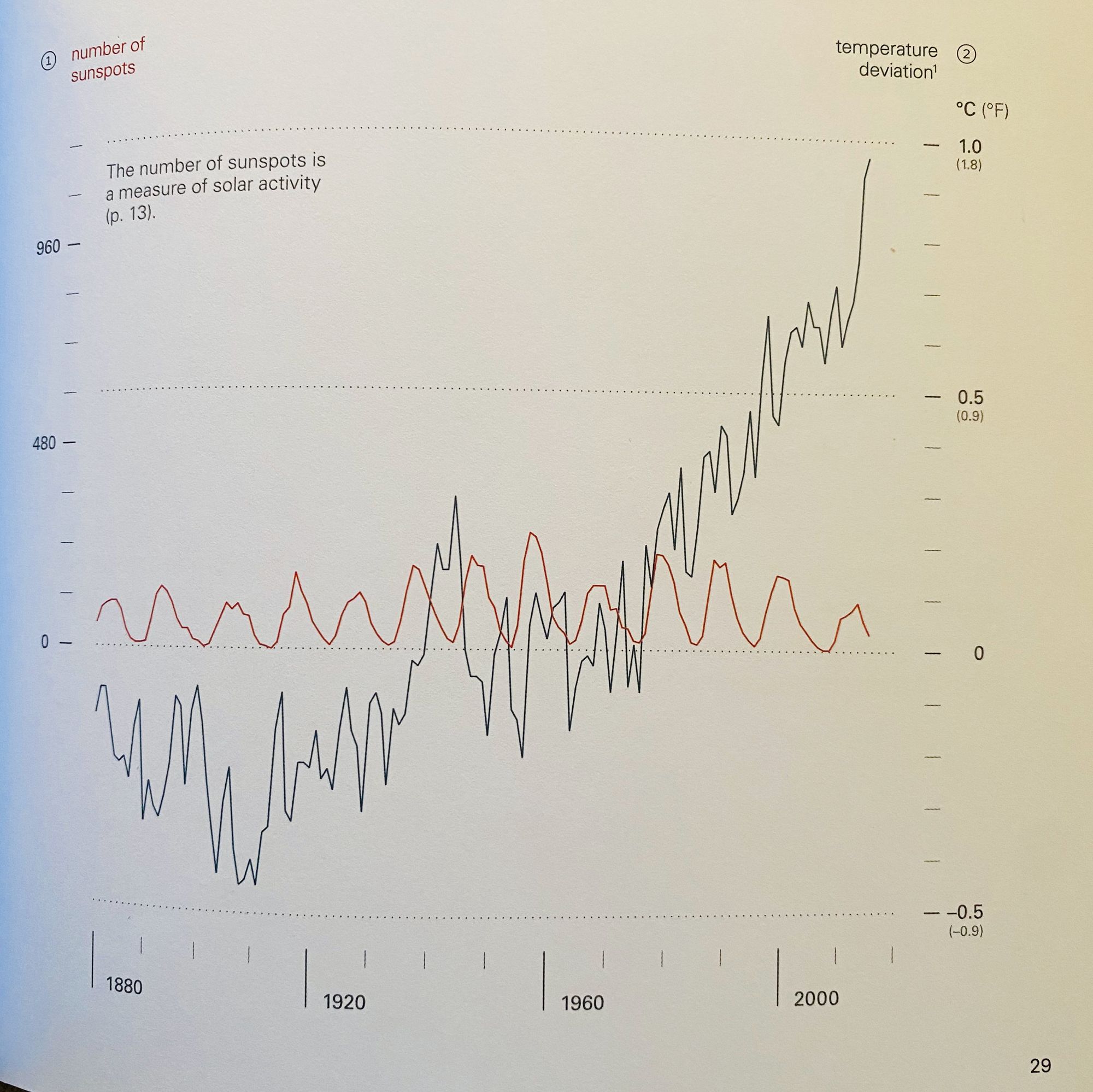
Human Activity
Since the start of the industrial era, there has been an increase in the average global temperature and the concentration of greenhouse gases in the atmosphere. The burning of fossil fuels is the primary contributor to this change. Gases released due to this are called anthropogenic greenhouse gases. They add to the natural greenhouse effect, which makes the Earth warmer than it should be. The increase in global average temperature – from the start of industrialization until today – is therefore known as "human-made climate change."
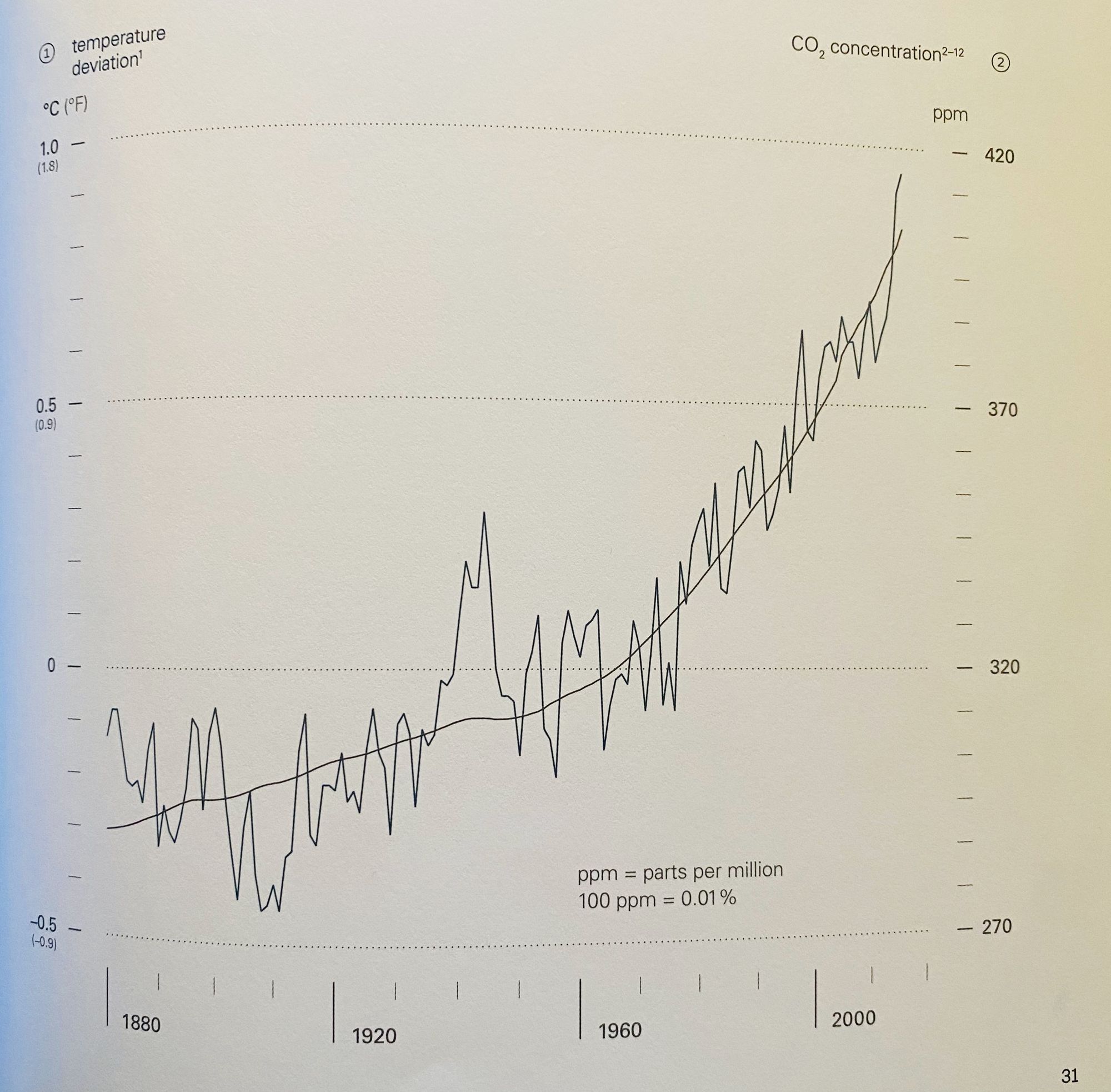
Temperature and Greenhouse Gases
Ice core samples allow us to reconstruct the climate from several hundred thousand years ago. Deep holes drilled into ice sheets enable us to examine the various gases trapped in layers of ice to conclude past temperatures and greenhouse gas concentrations. Observing the data from over 800,000 years, scientists have established a direct correlation between temperature and the concentration of greenhouse gases like carbon dioxide and methane. Recent studies have also confirmed that changes in temperature and the concentration of greenhouse gases over the last 20,000 years have occurred in parallel, establishing an interrelation.
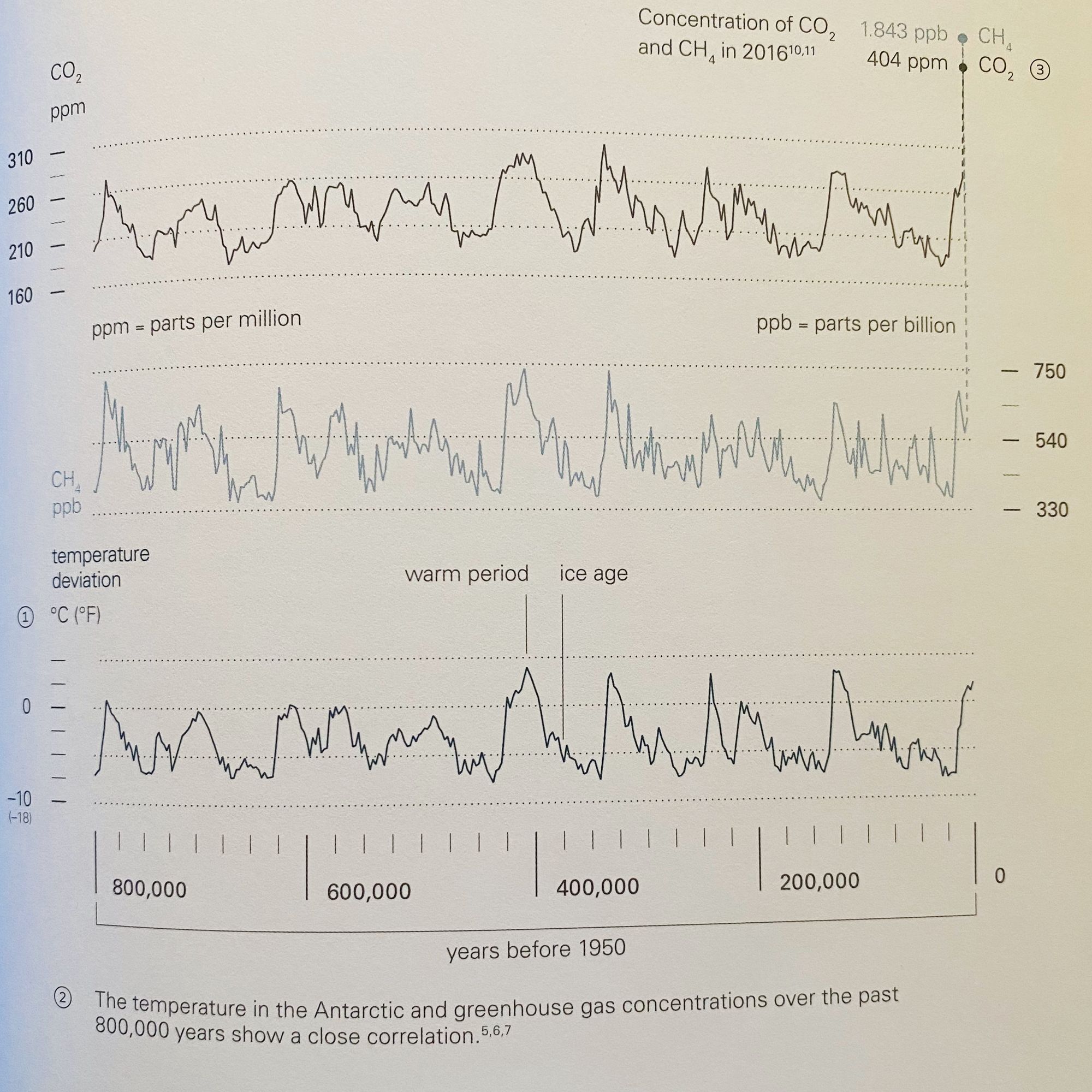
Natural Factors Contributing to Global Warming
Several studies investigated the role natural factors such as solar, volcanic, and human-made activities play in accelerating global warming. These studies cannot explain the increase in global air temperature since the beginning of industrialization without reference to human activity. The contribution of natural factors has accounted only for ±0.1°C (0.2°F) of the total 0.7°C increase from 1951 to 2010.
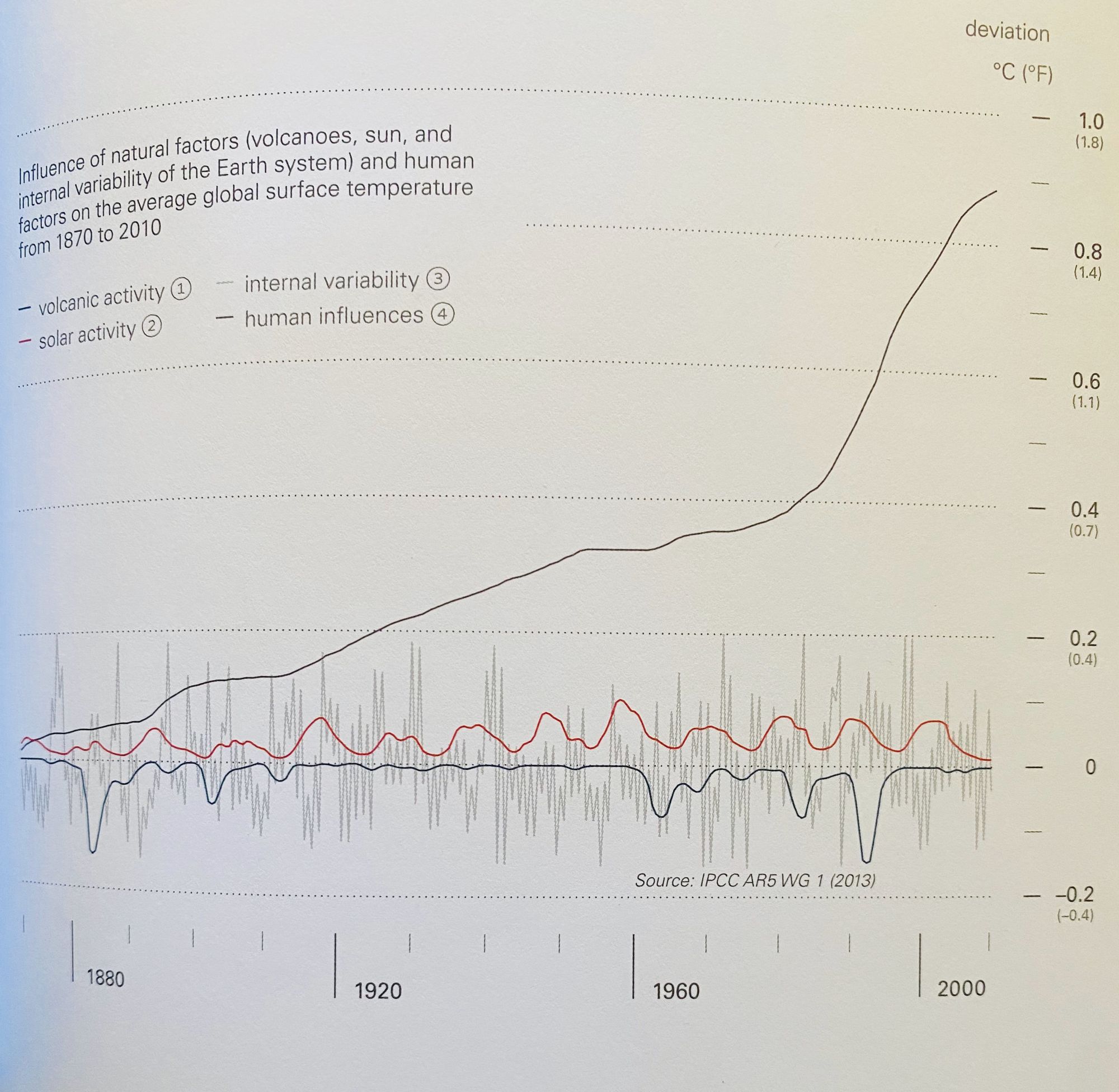
Changes to Carbon Cycle
Oceans, soils, and vegetation release carbon dioxide (CO2)into the atmosphere and absorb CO2 from the atmosphere, thus forming a natural carbon cycle. Humans have released 39 gigatons (43 billion US tons) of CO2 yearly in the past ten years. Vegetation and soils absorb about 28% CO2, and the ocean absorbs about 22%, but 44% remains suspended in the atmosphere. The remaining 6% is unaccounted for. Overall, we are producing more CO2 than our planet can consume, thus affecting the carbon cycle and increasing the greenhouse effect. This sudden extra release of CO2 has also made the oceans more acidic.
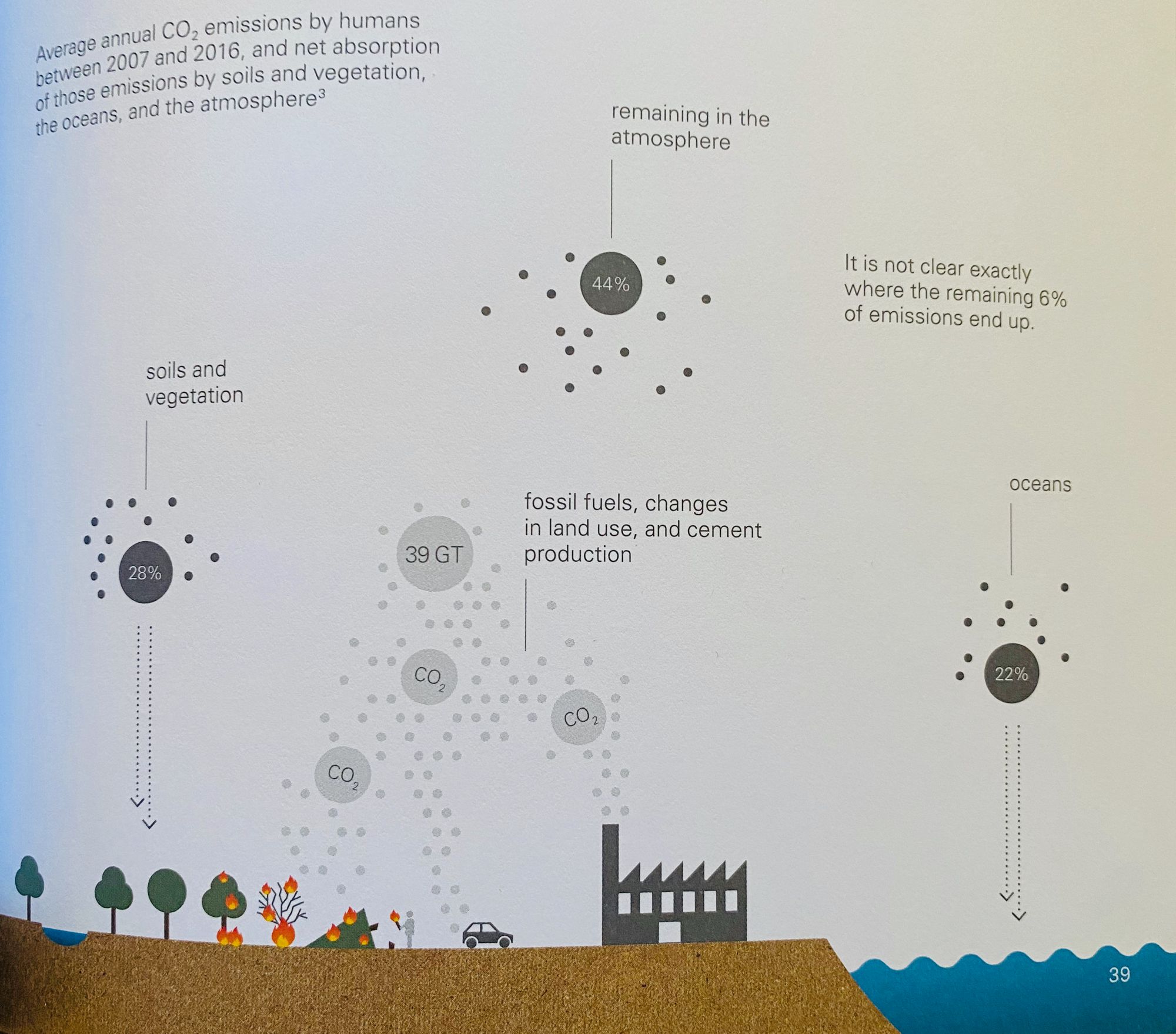
Methane and Nitrous Oxide Emissions
From 2000 to 2009, 29% of global human-made methane (CH4) emissions have come from fossil fuel extraction, and 27% of CH4 emissions come from livestock farming. Another 23% of CH4 emissions come from landfill sites, 11% from rice cultivation, and 10% from burning biomass (wildfires, etc.) and from making biofuel.
In the same period, 59% of global nitrous oxide (N2O) emissions came from agriculture through nitrogen-based fertilizers. 10% comes from biomass and biofuel, and 10% from burning fossil fuels. Other sources of N2O emissions, such as rivers (since nitrogen compounds are washed into waterways through sewage and fertilizers) and human excrement, account for 21%.
THE CRYOSPHERE
The cryosphere is the term used to describe all parts of the Earth covered by water in its frozen form – snow, ice, glaciers, and permafrost soils.
The Arctic
Sea ice is formed when seawater freezes, which has a lower density than water, thus allowing it to float. Sea ice can be several meters thick, and only 12% is visible above the surface. The consequences of climate change are accelerated in the arctic because of the faster increase in the air temperature. From 1979 to 2016, the arctic ice was reduced by 43% by land area and 77% by volume. To picture the quantity of ice that has been lost, imagine all of California covered by ice about 93 feet (28 m) in thickness.

Ice-Albedo Feedback
Different surfaces reflect different amounts of incoming solar radiation. For example, snow or ice reflects more radiation than water. This proportion of reflected radiation is called "albedo." When an area covered with snow or ice melts due to rising global temperatures, it exposes the water or rocks underneath, which reflect much less radiation (low albedo) than snow or ice, which existed there (high albedo). It causes warmer waters, which causes further warming resulting in more melting snow or ice, thus forming a self-reinforcing feedback loop called the ice-albedo feedback. The ice-albedo feedback is dangerous because it's a loop that we started that feeds itself. By exposing the water or rocks underneath, melting snow and ice contribute to global warming.
Land Ice
One of the best-known effects of climate change is probably the shrinking mountain glaciers and ice caps. Almost all glaciers observed worldwide are gradually losing mass. But this contributes only a fraction of the global land ice mass, and more than 99% of the ice mass is in the ice sheets of Greenland and Antarctica.
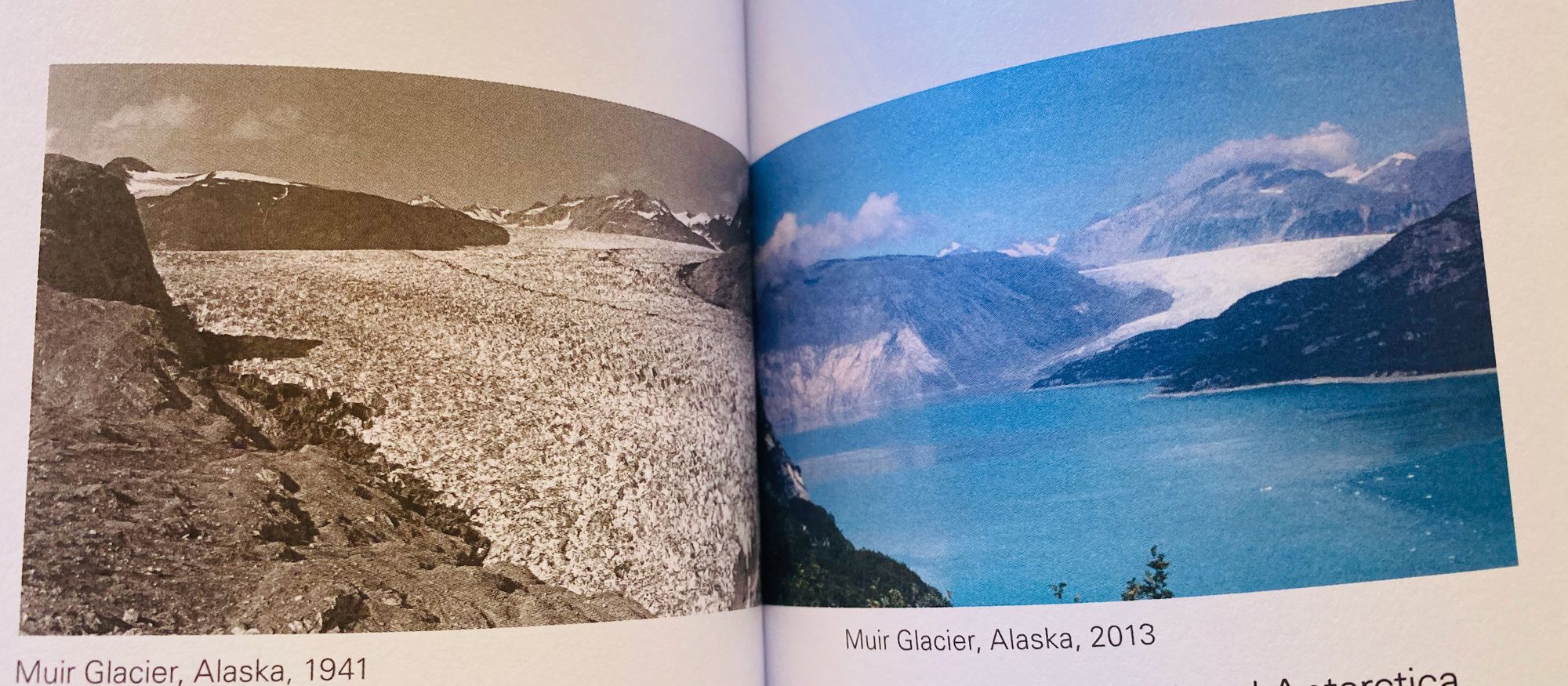
Greenland's Ice
Greenland has the world's second-largest ice sheet after Antarctica. It covers the entire area of Greenland and is usually more than 2 miles (3 km) thick. Unlike the Arctic sea ice, Greenland's ice sheet is grounded on land, and its melting is one of the reasons for rising sea levels. Once the entire mass of this ice sheet is gone, the global sea level will increase by over 23 feet (7 m). This loss primarily occurs from calving, where giant chunks of ice break away from the glacier's edge, plunge into the ocean and start melting. It is noteworthy that the Greenland ice sheet has been losing its mass at an accelerating pace in recent years.
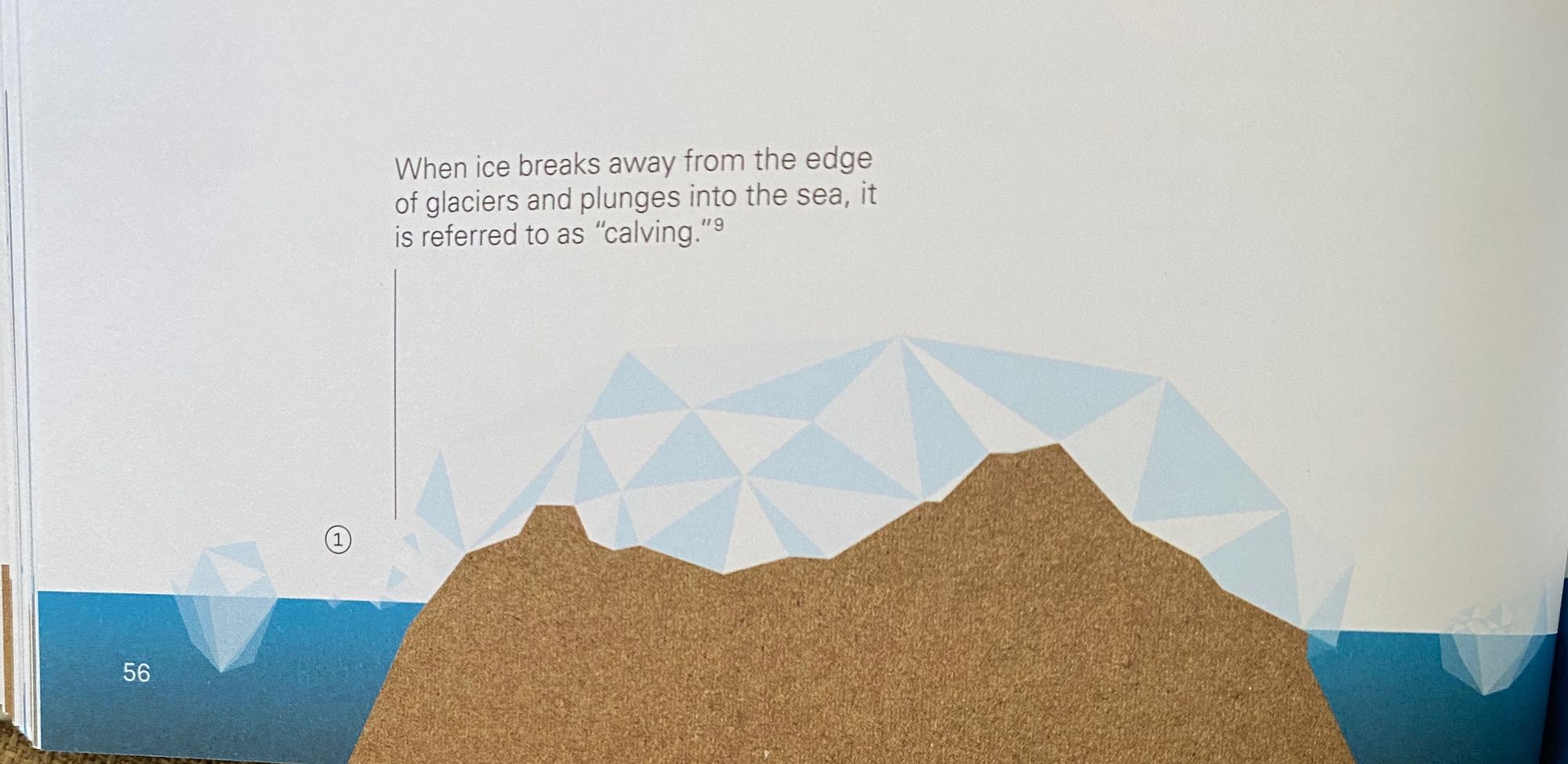
Antarctica
Antarctica has the largest ice sheet on Earth, most of which is on land, and the rest lies as connected, floating ice shelves. Antarctica has so much ice that if it were to melt, the sea levels would rise by 190 feet (58 m). Overall, from 2003 to 2016, there was an annual mass loss of roughly 141 gigatons (155 billion US tons) from Antarctica.
Melting Ice and Rising Sea Levels
The melting of land ice, sea ice, and ice shelves contribute very differently to the rising sea levels. When the land ice melts, it flows into the sea, thus increasing the sea levels significantly, as we saw above with Greenland and Antarctica. But if sea ice and ice shelves melt, they won't make much of a difference to the sea levels. Because they are already on the sea, they would produce the same amount of water as was previously displaced by them. Therefore, melting Arctic sea ice has little or no effect on the average sea level.
Permafrost
Permafrost is a piece of land that has remained under a temperature below 0°C (32°F) for more than two years consecutively. Permafrost is found in cold parts of the world, such as Siberia, Canada, Alaska, or mountainous regions, and covers about 24% of the land surface area of the northern hemisphere. As a result of global warming, permafrost is being thawed every year. All the frozen parts of soil, fossils, and other remains are exposed to microbial decompositions, thus releasing CO2 and CH4 into the atmosphere. In a nutshell, when permafrost thaws, it releases greenhouse gases that accelerate global warming.
THE OCEANS
The oceans cover more than 70% of Earth's surface. They transport large quantities of heat around the world, which is of enormous importance. They also act as a buffer for global warming by absorbing some of the human-made CO2.
Impact on the Oceans
From 1971 to 2010, the oceans absorbed 93 percent of the energy kept within the Earth's atmosphere due to human-made climate change. As a result, the average surface temperature of the oceans has risen, and they are becoming more acidic due to the increasing CO2 concentrations. In this way, the oceans are attenuating global warming, but at the expense of their sea life, which is increasingly affected.
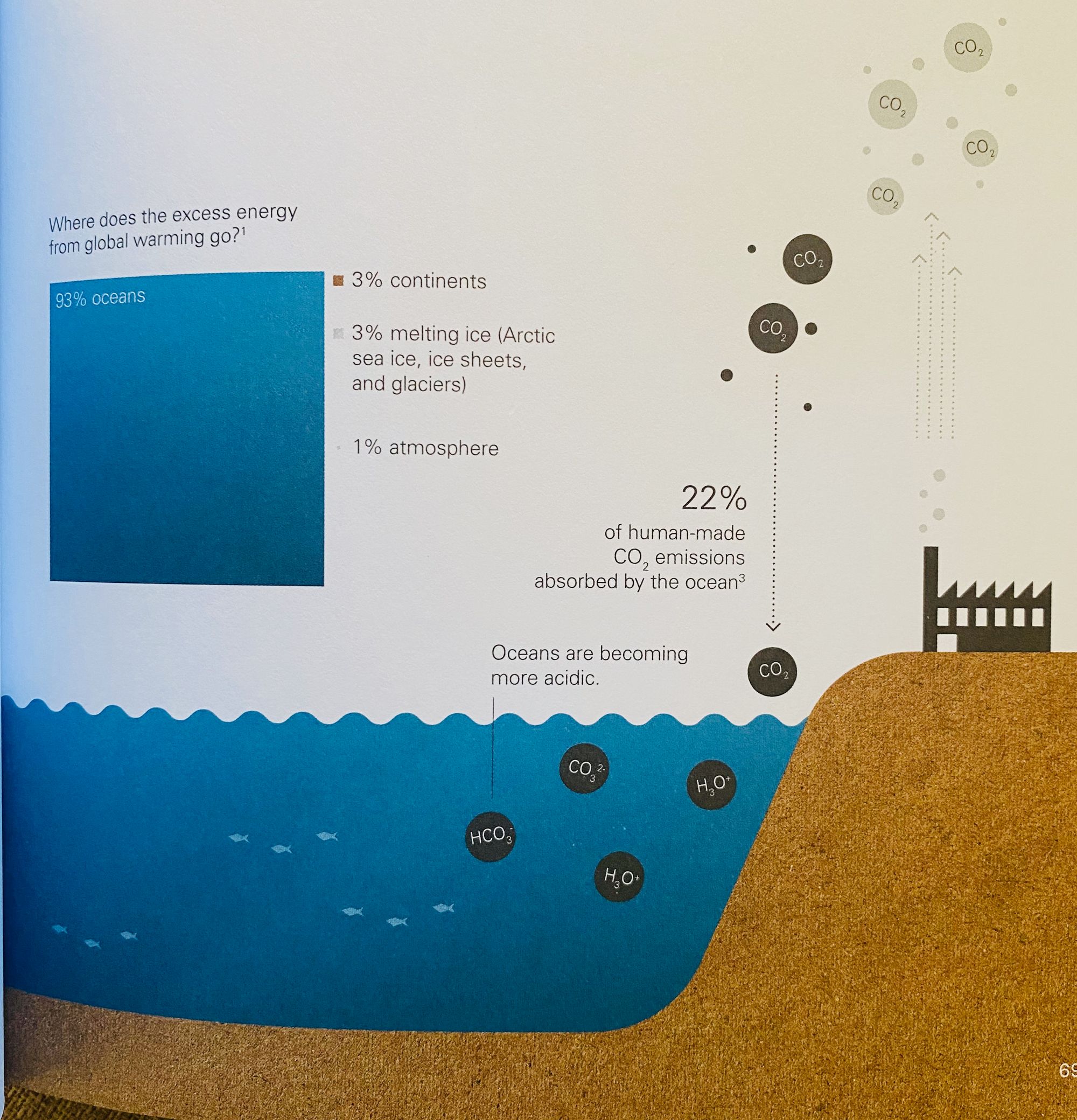
Water Vapor Feedback
Warm air can absorb more water than cold air. So, when the air temperature rises, the water vapor content increases too. As we saw at the beginning, water vapor is a greenhouse gas that intensifies the greenhouse effect, thus forming a self-accelerating process known as water vapor feedback, which speeds up global warming.
WEATHER AND CLIMATE EXTREMES
Extreme Hot and Cold Weather
Climate change is increasingly causing record-breaking heat waves and high temperatures. Between 1951 and 1980, less than 1% of Earth's land surface experienced unusually high summer temperatures, which changed to 10% between 2001 and 2010. In addition, the average duration of the wildfire season has increased by 19% between 1979 and 2013 worldwide.
In contrast to heatwaves, cold spells are becoming less frequent and less severe due to a shift in temperature distribution resulting from climate change.
Rainfall and Droughts
As we saw in water vapor feedback, water vapor levels are increasing. Water vapor usually does not fall as rain in the same place as it evaporates. This, combined with atmospheric circulation patterns, results in uneven rainfall distribution. As a result, dry regions are becoming dryer, and wet areas are becoming wetter.
Tropical Cyclones and Thunderstorms
Climate change is causing the temperature of the sea surface to rise, and consequently, evaporation and humidity increase, thus feeding more energy to the storms. It increases the chance of more storms occurring.
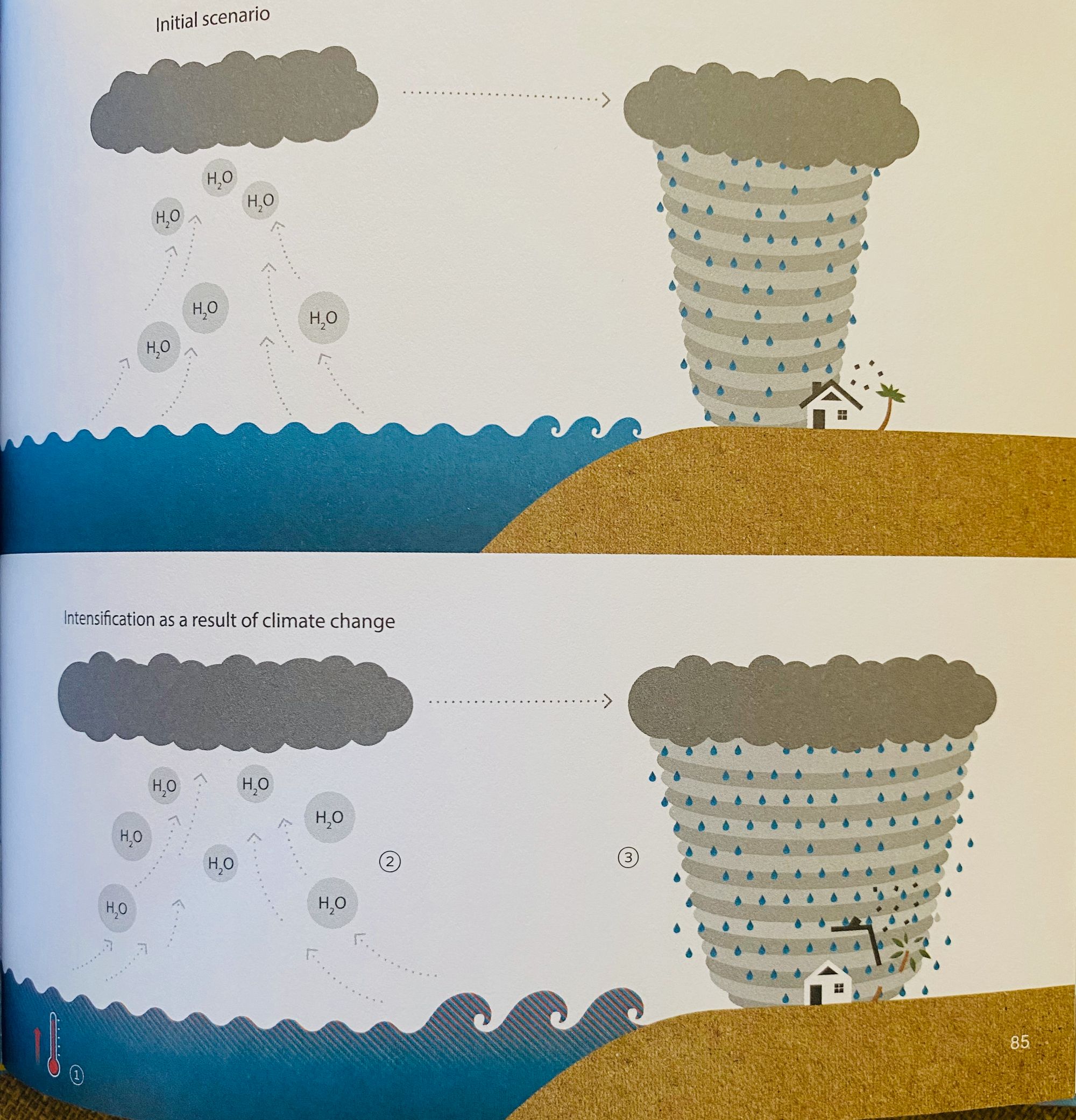
ECOSYSTEMS
Interdependent organisms and the habitat in which they are found form a biological community based on their interactions, which is referred to as an "ecosystem."
Seasons, Vegetation Zones, and Climate Zones
Rising temperatures result in phenological (phenology refers to the observable periodical stages in plant and animal development over a year) changes such as birds breeding earlier in the year or plants blooming earlier in the year. Over the last few decades, the phenological spring has started an average of 2.8 days earlier each decade.
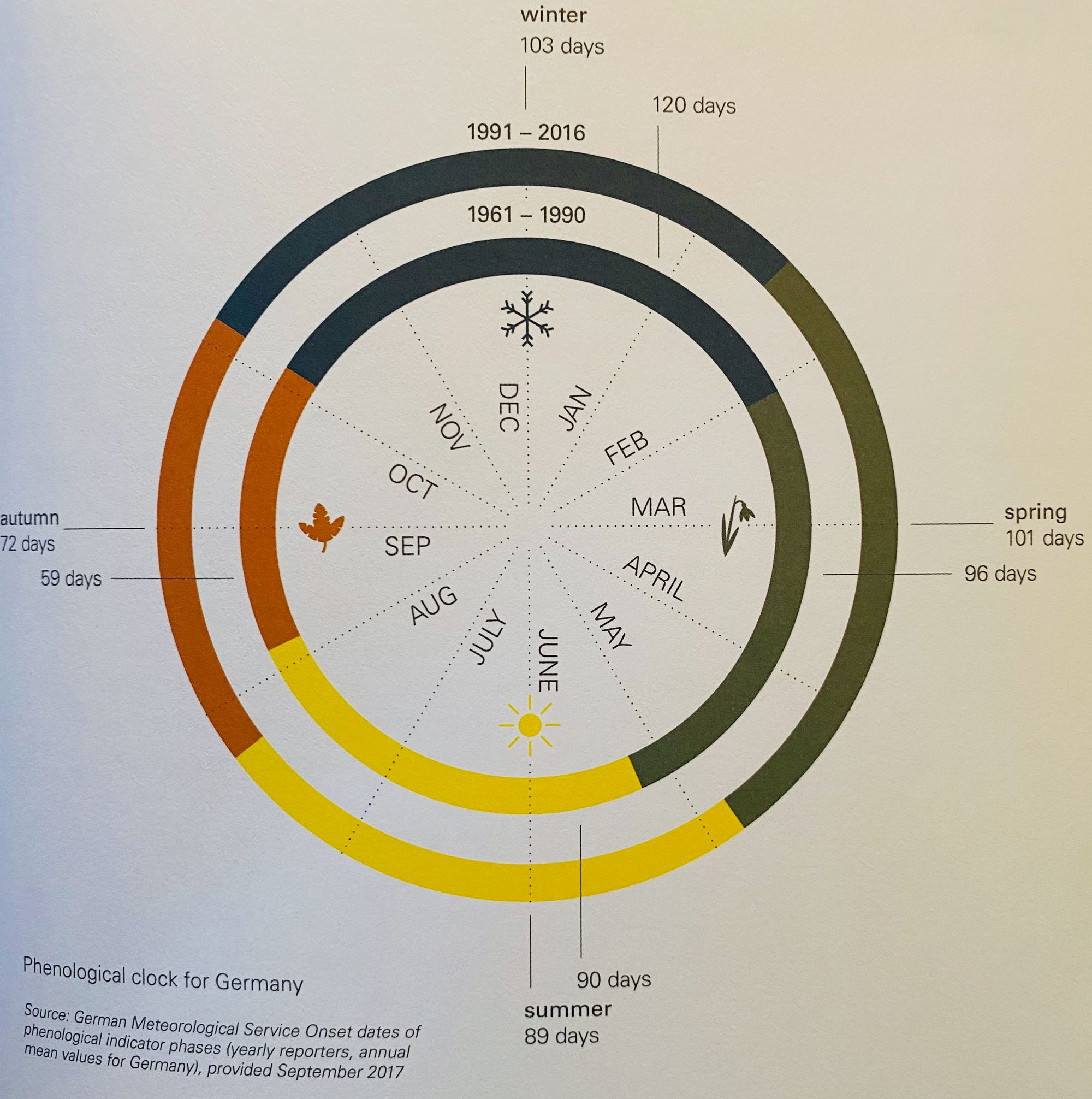
Climate change also causes changes in vegetation zones — the tree line in the northern hemisphere is moving northward and reaching higher into the mountains. Climate zones have also changed in the same way, where roughly 5.7% of Earth's land surface shifted toward warmer and drier climate zones between 1950 and 2010.
Animals and Plants
In general, animals and plants are well adapted to the climatic conditions of their habitat. If the climate changes, there are three ways in which a species might respond to it:
- They might adapt to the changes, coping well and increasing their numbers.
- They might move their habitat, as species like certain kinds of butterflies do. Land animals and plants have been found to move to altitudes roughly 36 feet (11 m) higher each decade and travel by around 10.5 miles (17 km) farther toward the poles.
- They might be unable to adapt to the changes, reducing their range and eventually leading to extinction. The faster the changes occur, the more difficult it becomes for the animals and plants to adapt quickly enough to survive.
Biodiversity
Biodiversity refers to the variety of life forms and ecosystems, interactions between individuals and ecosystems, and genetic diversity within single species. High biodiversity improves the robustness of an ecosystem. Overall, worldwide biodiversity is likely to decline because of global warming.
Pikas and Hummingbirds
Climate change threatens animals living in high altitudes or northern latitudes. Such species have limited scope to escape climate change in their habitat. One example is the American Pika, a relative of rabbits found in mountainous regions of western North America. Pikas don't hibernate in winter; they survive on the food they collect in summer. Snow cover insulates their burrows which would otherwise be too cold for them. If the snow cover retreats due to global warming, the Pikas will freeze to death.
Another example is the broad-tailed hummingbird and the plants that provide it with nectar. This hummingbird migrates northward from Central America to the mountains to breed for the summer. But due to the phenological shifts that occur with the plants, the flowering of the plants began roughly 2.8 days earlier per decade, thus reducing the feeding window once the hummingbird arrives. If this time window continues to contract, it could jeopardize the birds' chances of successful reproduction.
Polar Bears
The increasing speed at which sea ice is melting in the Arctic summer reduces the window in which polar bears can hunt seals for survival, impacting the number of cubs they can feed and nurse during this time. In extreme cases, the survival of adult polar bears is threatened. The number of polar bears will decline if the sea ice retreats.
Corals
Tropical coral reefs are of enormous importance to humans. The abundance of fish they support serves as a food source, protects coastlines against erosion, and is an essential source of tourism for local economies. Algae that live on the coral and supply them with nutrients are responsible for their color. Corals are receiving increasing stress due to the acidification and pollution of the oceans. They expel the algae if the stress level increases, and their white skeletons become visible (coral bleaching). In 2016, 93% of the Great Barrier Reef in Australia was affected by coral bleaching, and over half of the corals died between February and October 2016 in the shallow water regions of the Pacific.
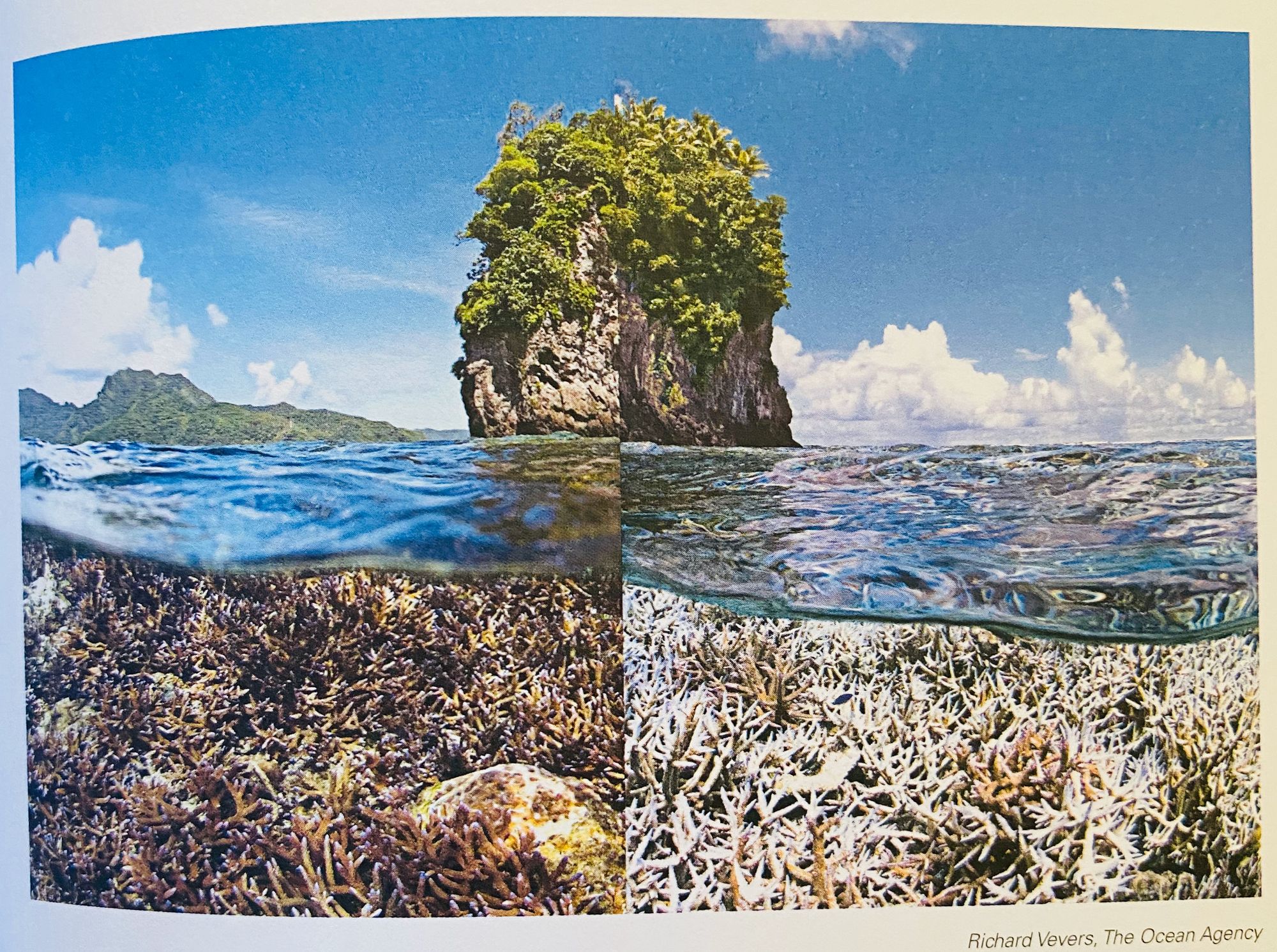
HUMANS
Climate Change and Health
The consequences of climate change affect us in a variety of ways. Some are heat stress and circulatory and respiratory diseases due to increasing ground-level ozone formation. Extreme weather events like heavy rainfall, floods, or storms pose numerous health risks. These include waterborne and vector-borne (diseases spread through non-human carriers like mosquitoes) infectious diseases and increased pollen exposure in countries like the US and some European countries.
Cities
Even without climate change, cities have higher air and surface temperatures than their rural counterparts. Their dense designs absorb more thermal radiation, their cooling systems contribute to global warming, their heavy traffic cause air pollution, and they generally cool off more slowly due to increased heat retention. This warming is known as the "urban heat island effect." Due to this effect, the negative health impacts of higher temperatures are likely to become more noticeable in cities.
Agriculture
Higher temperatures, greater CO2 concentrations, altered rainfall patterns, and other consequences influence plant growth. A temperature rise may produce higher yields up to an "optimum temperature," but the yield decreases further if the temperature keeps rising. In general, it can be said that a rise of 1–2°C (1.8–3.6°F) should have a low to moderate impact on crop yields, but there will be differences depending on the region and type of crop. However, any increase in temperature beyond this will probably lead to a sharp reduction in crop yields.
Climate Migration
Between 2008 and 2016, weather events – especially storms and floods drove an average of 21.7 million people to migrate within their own country each year. The majority of those affected are poorer people, generally living in underdeveloped regions where the impact of climate change is particularly harsh. People living in such circumstances usually don't have the financial means to adapt to climate change, so they seek to migrate. Such groups have generally contributed little to climate change, yet they are the most severely affected by its consequences.
Tourism
The tourism sector, especially air travel, was responsible for roughly 8% of global greenhouse gas emissions between 2009 and 2013. It is both a driver and a victim of climate change. Mediterranean regions are becoming too hot for the summer, while the areas close to the poles are extending their travel seasons due to warmer temperatures. Depending on the type of holiday and the region, the tourism industry will experience both positive and negative impacts if the warming is moderate. If global warming becomes more extreme, the losses for the tourism industry will outweigh the gains.
Economic Costs
Climate change incurs three kinds of economic costs:
- The cost of damage — to real estate or infrastructure caused by extreme weather events and such.
- The cost of adaptation — measures such as building dykes or retention basins for food protection.
- The mitigation costs — are intended to limit future global warming, for example switching from fossil fuels to renewables.
Limiting global warming to a maximum of 1.5°C (2.7°F) will entail extremely high mitigation costs. Limiting it to a maximum of 3.5°C (6.3°F) would require much lower mitigation costs but result in higher damage costs. Overall, the prices of mitigating global warming are probably much lower than the damage costs that would result from unchecked warming. We must remember that the risk of irreversible damage increases as global temperatures rise.
CONCLUSION & NEXT STEPS
Many people, animals, plants, and their livelihoods are already threatened by climate change today. It has also become clear that anthropogenic greenhouse gas emissions are chiefly responsible for the increase in temperature since the start of industrialization. It's a reminder that we can influence how our climate develops in the future. We are not powerless against climate change. Climate model simulations show we can limit global warming by reducing greenhouse gas emissions.
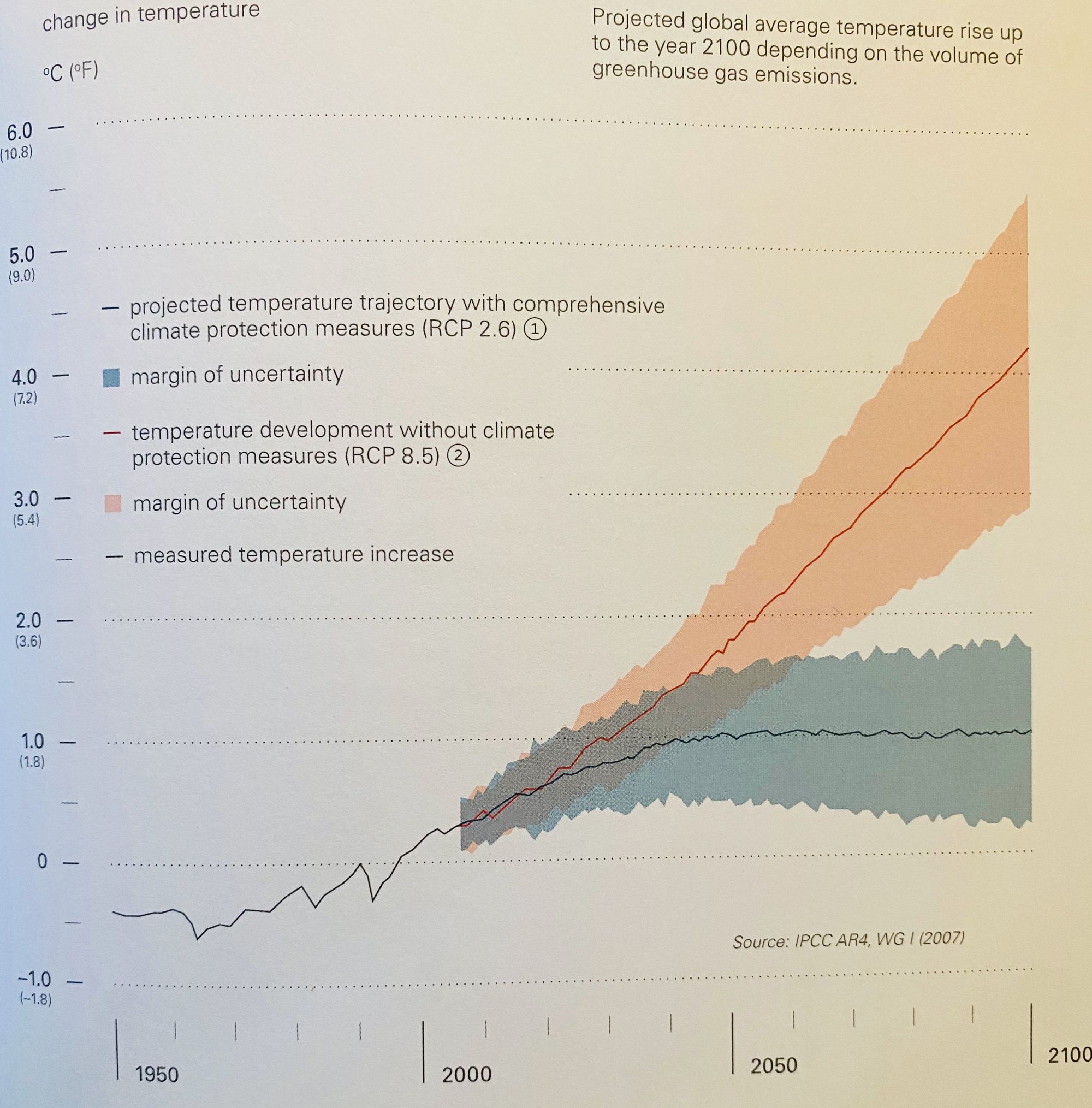
Human-made greenhouse gas emissions always rise from the decisions we make. It's not the car responsible for emissions but rather the person who chooses to drive it instead of taking public transportation or cycling. The efforts of each individual are as important as political action on sustainability. We are responsible for rethinking our behavior and making day-to-day decisions toward a sustainable lifestyle.
Let us be conscious of our daily choices and help our planet recover. Learning from a friend, I've been carrying a stainless steel spoon in my backpack to avoid plastic spoons. I haven't used it much, as eating at restaurants has significantly reduced since the pandemic, but I plan to use it more often. That's step one. What are some sustainable practices that you do on a day-to-day basis? I would love to learn about them. Thanks for reading! Peace out.
References
This post summarizes the book "This Is Climate Change: A Guide to Visual Facts" by David Nelles and Christian Serrer. The bibliography of the book can be found at this URL:

